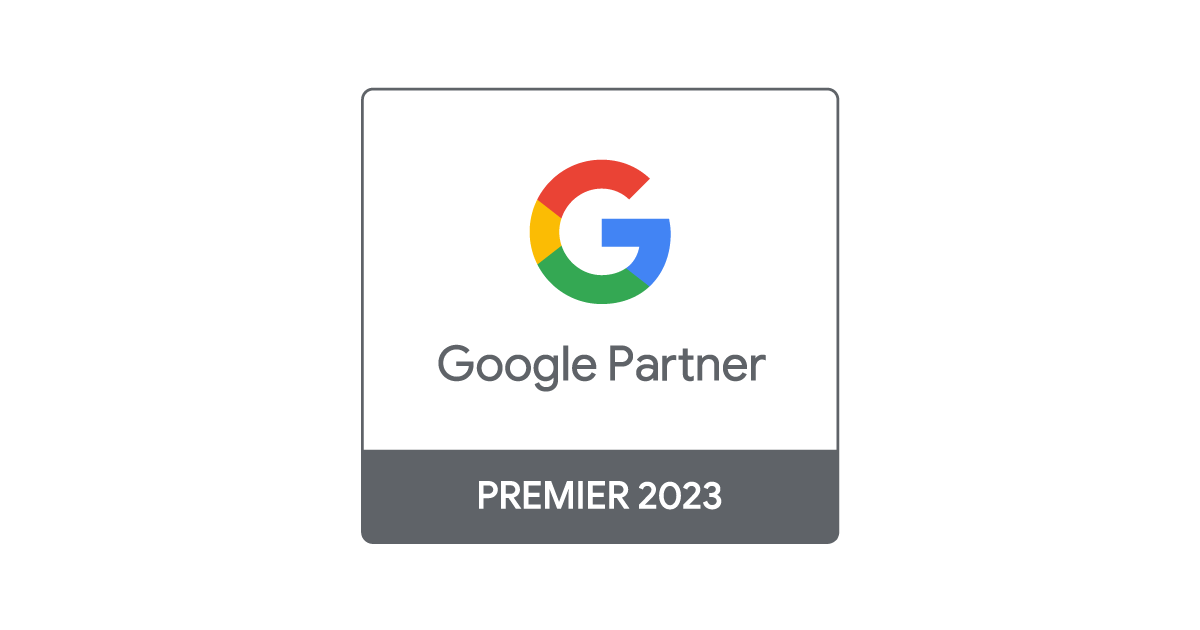There is a lot of talk about SEO content, but the approach is often too artificial or anchored in outdated practices that have nothing to do with today’s reality. To banish some myths related to this crucial aspect of search engine positioning, we summarise here what Google expects from web content.
Content SEO: What it is not
Let’s start at the beginning. SEO-optimised content should never be:
- A repetitive and meaningless use of keywords and their synonyms
- An elongated text with no clear purpose, no conductive thread or no useful information
- Content equal to or similar to other content already published on the website itself or other sites
Although in any other type of text avoiding these practices might seem logical, the truth is that in the world of SEO they cause quite a few problems for domain positioning even though their intention is to improve rankings.
Today, we find that many of the myths concerning content continue to abound. Here we will address these one at a time, explaining why many of these SEO writing beliefs are not efficient for your business, let alone your audience.
Is a lot of content good for SEO?
It depends. Google has worked hard in recent years to get across the point that everything you write is intended for users, not for positioning. There is a prevailing logic behind this premise: if content gives accurate and useful information to users, it will help fulfill the search intent that led them to visit that URL in the first place and will therefore be considered “good”. That is why you’ll have more opportunities to better position your pages in the search engines. But why waste 30 minutes reading something, if what you want to know can be answered in 5?
As for extensive texts, Google recommends not writing “because yes”: a large amount of content without a clear objective that does not contribute anything to the user is considered to be low quality compared to a specific search intention and will also waste Googlebot’s time.
When it comes to explaining a service or product, it is best to do so without losing sight of brevity. Artificially extending content on such a page will not improve positioning, even if your competitors have larger longer content (but not necessarily better according to Google).
The number of words or the ratio between text and source code are not ranking factors according to the search engine. In other words, opting for a 50-word text or a 2,000-word text will depend on the search intent it meant to address. Less is more when it comes to helping the user solve their query.
Do I need to have a blog to position better?
As Martin Splitt, Google’s developer and spokesperson acknowledges, “having a blog is generally not a ranking factor.” A blog can help a user understand what sort of activity a company is engaged in or what the website is about, but it does not really affect overall performance or ranking.
The premise, once again, is that a blog can add value and help the user. In that case, a blog can be a very useful tool, but it is not needed per se to position your site on Google.
Is it better to always publish new content?
When it comes to a recurring topic that comes up from time to time, it is a good idea to revisit existing content in case it could be updated. Google values unique content, so you should avoid posting something new if it’s too similar to something already published, even if it’s canonicalised in favour of the original.
When Google talks about fresh content, this is not synonymous with “new”, but rather up-to-date. In cases where it is better to create content from scratch, we recommend linking to old content pieces to help the user expand on the information available to them.
When it comes to resolving specific questions, it is preferable to group them together rather than answer them one-by-one in different URLs: many pages with little content are considered “thin content”. It is also best to answer questions regarding a product on the product page instead of on a separate URL.
Among the advantages of merging content for SEO positioning, Google notes:
- Lower volume of pages to crawl within the domain
- Easier to identify which page to send users to
How does Google determine if content is bad?
To get closer to what goes on at the crawl and indexing level, your best tool is the Google Search Console performance report. Many impressions for a particular URL but few clicks can indicate content that is not tailored to the user’s needs.
Also, having many clicks but few conversion generating sessions in Google Analytics should make you reconsider whether that organic traffic is worthwhile. Perhaps implementing some changes to the content could result in more profit.
If content on your domain is considered spammy or low-quality by Google, the domain may perform poorly and not index. In the worst-case scenario, the domain may suffer manual penalisation. If this happens, the only solution is to clean up anything that is negative from a user perspective.
In conclusion, if your content isn’t working, either improve it or remove it.
Does Google recognise auto-generated content?
As a rule, this content is easily identifiable and predictably poor. An example would be a domain where dozens of different landing pages are created, but only the location changes within the text. In this sense, we recommend that you write content that is profoundly different, so that it is not considered duplicate, and it gets indexed. Providing individualised information and making content really useful to the user is the key to making these pages work.
What does Google consider duplicate content?
Copying and pasting from any other website (including from the provider itself) is duplicate content. Apart from the obvious, there are other ways to fall into internal duplicate content problems that are not necessarily intentional.
For example, in domains that have localised versions for different regions or languages, if they are not done correctly, Google will consider them duplicates.
An example: if a product page exists with one version for Switzerland and one for Germany with the same description but a different price, the search engine will label them as equal.
A common mistake is to canonicalise one page by pointing to the other. This is something to avoid since the goal is that the user, depending on where they are located or the language they are using, visits the most relevant and appropriate page to their circumstance. Hreflang tagging that will help Google understand the relationship between the two pages, without considering them duplicates but rather understanding that they are aimed at different audiences.
I want to write useful content for my users, but I don’t have any ideas. What should I do?
Google has created Question Hub, a space where unanswered questions are collected directly from users to help identify gaps. This is a new opportunity to create unique and relevant content for your users. Still in beta, Question Hub is only available for some countries.
Another indispensable source of information for those who want to delve into SEO wording are the quality assessment guidelines: this is a comprehensive document explaining in detail how information is classified by the search engine.
Tips for SEO writing
To wrap up, these are the main tips for creating effective SEO content:
- Think about your users, not bots
- Use the right keywords for each search intent
- Write as much as necessary to give good information: no more, no less
- Be original and avoid duplicate content
If you need help developing your web content with an SEO-friendly perspective, do not hesitate to contact All Around Digital.
More posts about: Transform your business







